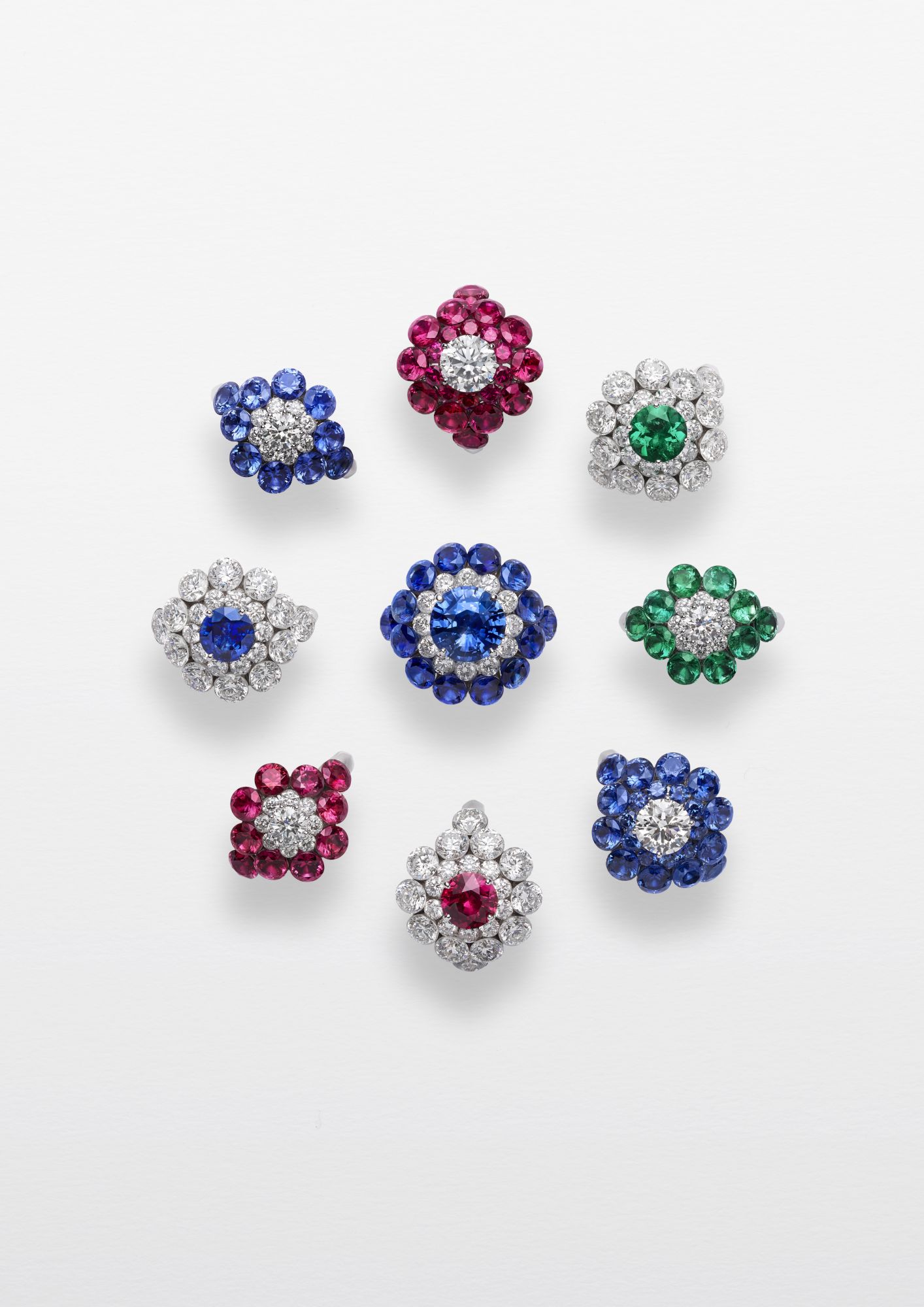Chopard's Magical Setting

Chopard’s newly-unveiled jewellery technique, Magical Setting, involves minimising the amount of metal between the stones, which allows for the maximum amount of light to reflect between the piece’s precious gemstones. As such, the centre stone of each piece is set in barely-there claws, which makes it look as though each jewel hangs mid-air, as if–yes, you guessed it!–by magic. Exclusive to Chopard, this ingenious setting also serves to intensify each piece’s brilliance.
Caroline Scheufele, co-president and artistic director of Chopard, pioneered the new setting and also led the design for the new line, which is comprised diamonds and Sri Lankan sapphires, as well as Mozambique rubies and Zambian emeralds, among others. The line’s carefree aesthetic and elegant beauty, it argues, represents today’s unstoppable desire for women’s empowerment and worldwide equality.
See also: From Cellist To Jewellery Artist: Anna Hu Brings Music To Her Pieces
Cartier's Trembling Setting




